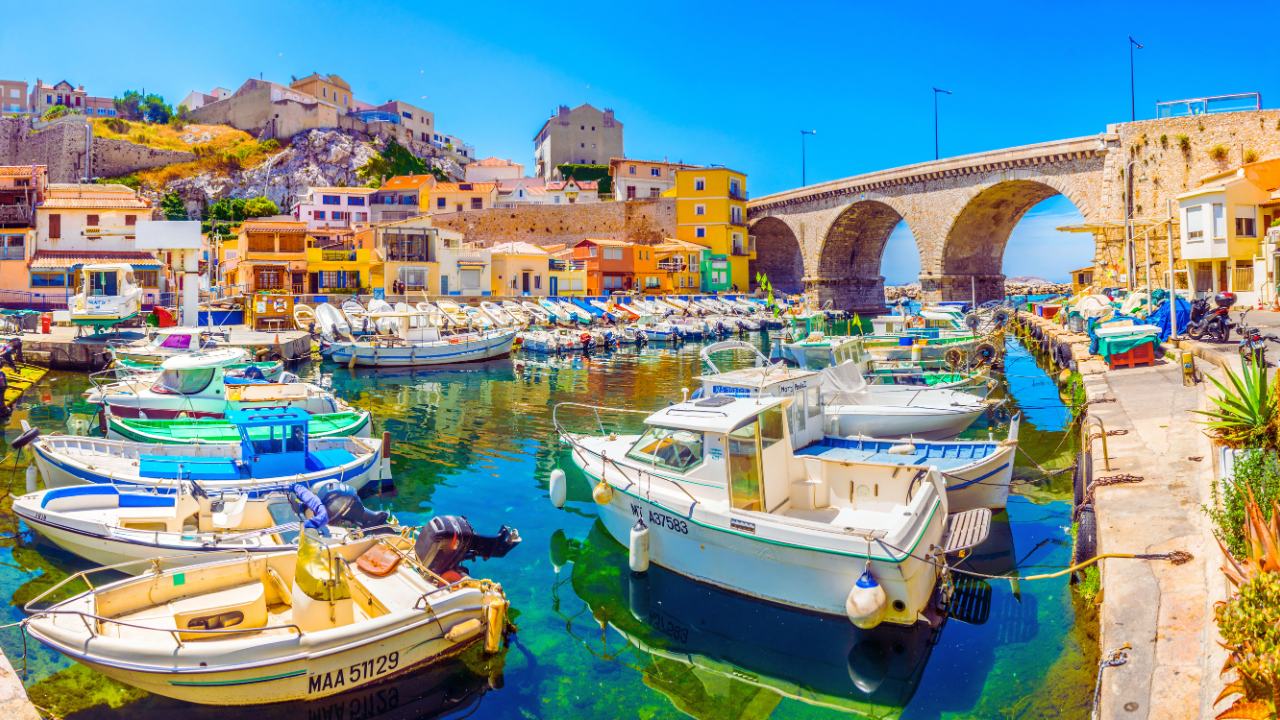Four Black and brown countries are calling for the return of stolen treasures.
The Congo and Cameroon are making headway in their quest, as are Indonesia and Nepal. However, the process of getting objects returned to their original countries isn’t quick or simple. There’s plenty of red tape and negotiating involved.
Theft was part of the colonial enterprise of Britain, France and other European superpowers. The stolen objects tell a story about their country of origin, which is why retrieving them is critical.
The Congo
Under King Leopold II of Belgium, the Congolese suffered from slavery, torture and disease. The Congo didn’t gain independence until 1960.
Congolese prime minister, Jean-Michel Sama Lukonde, said that Belgium possessed at least 84,000 stolen treasures from his country.
Nepal
Nepal managed to avoid colonization, but it was still impacted by Western interference.
Nepalese artifacts were stolen by locals and sold to mostly Western foreigners. Over time, these objects found homes in European and American museums.
The Nepal Heritage Recovery Campaign successfully has retrieved more than 25 Nepalese objects.
Cameroon
Cameroon was under German rule from 1884 to the start of World War I.
Cameroonian activist Sylvie Njobati, worked tirelessly for the return of a special wooden figure called Ngonnso. Currently, this precious, carved figure is in Berlin’s Humboldt Forum.
The return of Ngonnso scratches the surface. The fate of the 40,000+ Cameroonian objects in German hands has yet to be determined.
Indonesia
Of all the Indonesian objects in Holland, the Lombok diamond may be the most coveted. It was stolen during a Dutch invasion.
Local historians will have to investigate each and every artifact.





